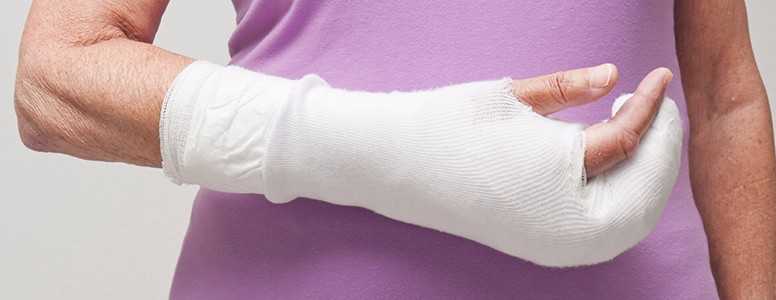New research shows that anemia could lead to a false diagnosis of type 2 diabetes if HbA1c is used as the diagnostic method.
In the UK, HbA1c is advocated by the World Health Organisation (WHO) for diagnosing type 2 diabetes at a value of 6.5 per cent (48 mmol/mol).
Anemia is a common condition in which a lack of iron in the body leads to decreased red blood cell count or hemoglobin in patients. An estimate from 2011 found that 29 per cent of non-pregnant women had anemia, while the latest WHO figures suggest this figure is 13 per cent in men.
Researchers at the University of Nottingham investigated studies between 1990 and 2014 in which HbA1c and glucose were measured, as well as an index of anemia involving non-pregnant women not diagnosed with diabetes.
12 studies found that iron deficiency with or without anemia resulted in increased HbA1c values, while no corresponding blood glucose rise occurred. Subsequently, a diagnosis of diabetes would require further testing.
The researchers recommend that when glucose and HbA1c levels differ in diabetic patients, anemia or iron deficiency should be considered. If these abnormalities are identified, correction of high hemoglobin levels should be corrected before HbA1c is again used for diagnosis or monitoring.
“HbA1c is likely to be affected by iron deficiency and iron deficiency anaemia with a spurious increase in HbA1c values. This may lead to confusion when diagnosing diabetes using HbA1c,” the authors say.
“This review clearly identifies the need for more evidence, especially in identifying the types and degrees of anaemia likely to have significant impact on the reliability of HbA1c.”
What's new on the forum? ⭐️
Get our free newsletters
Stay up to date with the latest news, research and breakthroughs.





